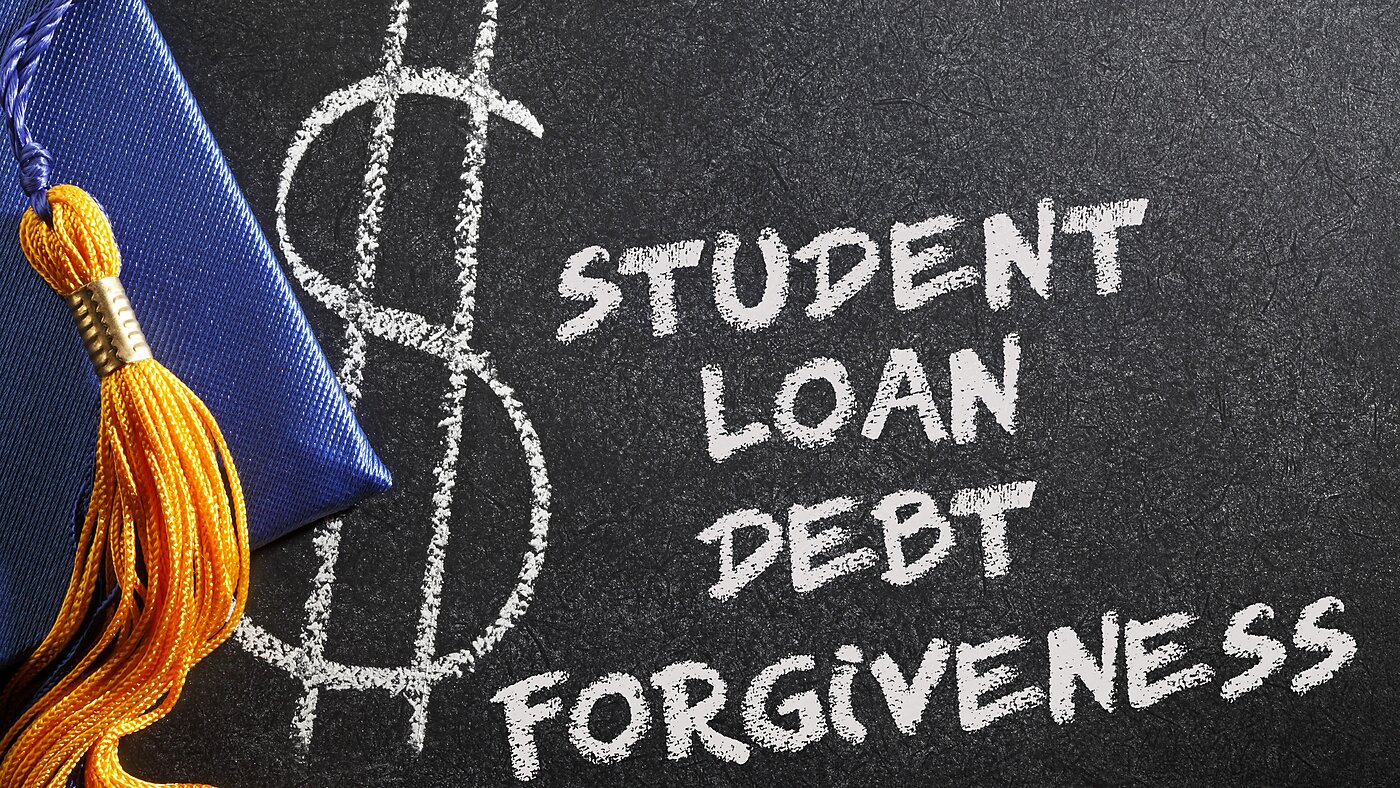Will This Type of Student Loan Forgiveness Be Next?
The landscape of student loan forgiveness is continuously evolving, with various proposals and programs being discussed and implemented. Understanding potential future developments in student loan forgiveness can help borrowers stay informed and prepared. Here, we’ll explore the current landscape, potential future changes, and what types of student loan forgiveness might be next.
Current Student Loan Forgiveness Programs
- Public Service Loan Forgiveness (PSLF):
- Description: Forgives the remaining balance on Direct Loans after 120 qualifying monthly payments under a qualifying repayment plan while working full-time for a qualifying employer.
- Eligibility: Available to those working in public service jobs (government and nonprofit organizations).
- Teacher Loan Forgiveness:
- Description: Provides forgiveness of up to $17,500 on Direct Subsidized and Unsubsidized Loans and Subsidized and Unsubsidized Federal Stafford Loans.
- Eligibility: Teachers who have been employed full-time for five complete and consecutive academic years in a low-income school or educational service agency.
- Income-Driven Repayment (IDR) Forgiveness:
- Description: Forgives remaining loan balances after 20 or 25 years of qualifying payments under an income-driven repayment plan.
- Eligibility: Borrowers on income-driven repayment plans (Income-Based Repayment, Pay As You Earn, Revised Pay As You Earn, etc.).
Potential Future Student Loan Forgiveness Programs
Given the ongoing discussions and proposals, several types of student loan forgiveness programs could emerge next. Here are some possibilities:
- Broad-Based Loan Forgiveness:
- Description: A proposal for blanket forgiveness of a set amount of student loan debt for all borrowers, such as $10,000 or $50,000 per borrower.
- Prospects: This has been a topic of significant political debate, with strong support from some lawmakers and opposition from others.
- Targeted Forgiveness for Specific Professions:
- Description: Expansion of forgiveness programs targeting specific professions beyond teaching and public service, such as healthcare workers, social workers, or STEM professionals.
- Prospects: Given the emphasis on essential workers during the COVID-19 pandemic, this type of targeted forgiveness might gain traction.
- Forgiveness for Economic Hardship:
- Description: Forgiveness programs targeting borrowers facing economic hardship, such as those who are unemployed, underemployed, or receiving government assistance.
- Prospects: This approach aligns with broader economic recovery efforts and could gain support during economic downturns.
- Forgiveness Linked to Income Levels:
- Description: Forgiveness programs based on borrowers’ income levels, providing more relief to lower-income borrowers.
- Prospects: This approach could address equity concerns and gain support from those advocating for more progressive forgiveness measures.
- Reforms to Existing Programs:
- Description: Simplifying and expanding current programs like PSLF and IDR forgiveness to make them more accessible and effective.
- Prospects: Streamlining existing programs could garner bipartisan support as a practical approach to providing relief.
What Borrowers Can Do Now
While future developments in student loan forgiveness are uncertain, borrowers can take steps to maximize their potential for forgiveness under current programs:
- Stay Informed:
- Keep up with the latest news and legislative developments related to student loan forgiveness. Follow credible sources and government announcements.
- Understand Current Programs:
- Make sure you understand the eligibility requirements and application processes for current forgiveness programs like PSLF, Teacher Loan Forgiveness, and IDR forgiveness.
- Enroll in Qualifying Repayment Plans:
- If you’re eligible, enroll in income-driven repayment plans or other qualifying plans to ensure your payments count toward forgiveness.
- Maintain Records:
- Keep detailed records of your employment, payments, and communications with your loan servicer. Documentation is crucial for proving eligibility.
- Seek Professional Advice:
- Consider consulting with a financial advisor or student loan expert to explore your options and develop a strategy tailored to your situation.
Real-Life Example: Maria’s Strategy
Maria, a nurse, has been working at a nonprofit hospital for the past three years. She has been making payments under an income-driven repayment plan and is aiming for Public Service Loan Forgiveness (PSLF). Here’s her strategy:
- Qualifying Employment: Maria ensures her employment at the nonprofit hospital qualifies for PSLF.
- IDR Plan: She stays enrolled in an income-driven repayment plan to keep her monthly payments affordable and qualify for PSLF.
- Documentation: Maria keeps detailed records of her employment certification forms and payment history.
- Staying Informed: She regularly checks updates on student loan policies to stay informed about potential changes that could affect her.
Conclusion
While the future of student loan forgiveness remains uncertain, staying informed and proactive can help borrowers navigate the evolving landscape. Whether through broad-based forgiveness, targeted programs, or reforms to existing plans, keeping an eye on potential changes and understanding current options will be crucial for maximizing student loan relief. By taking strategic steps now, borrowers can position themselves to benefit from current and future forgiveness opportunities.




